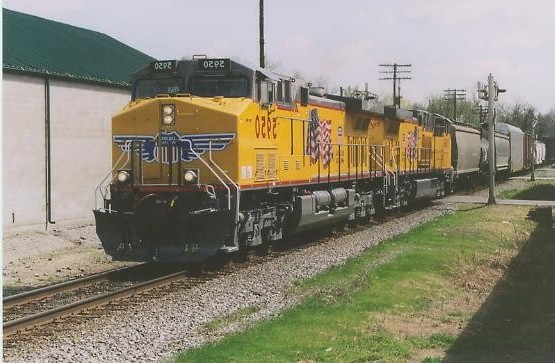
History of freight forwarding by TrainsFreight teams of wagons pulled by horse, mule, oxen and/or cattle were common in earlier times, and are still used in less developed areas.
The main disadvantage of rail freight is its lack of flexibility. For this reason, rail has lost much of the freight business to road transport. Many governments are now trying to encourage more freight onto trains, because of the environmental benefits that it would bring; rail transport is very energy efficient.
In Europe (particularly Britain) many manufacturing towns developed before the railway. Many factories did not have direct rail access. This meant that freight had to be shipped through a goods station, sent by train and unloaded at another goods station for onward delivery to another factory. When lorries (trucks) replaced horses it was often economic and faster to make one movement by road. In the United States, particularly in the West and Mid-West towns developed with railway and factories often had direct rail connection. Despite the closure of many minor lines, carload shipping from one company to another by rail remains common.
Many rail systems have turned to computerized scheduling for trains which has helped add more train traffic to the rails. Overall, most businesses ship their products by rail if they are shipping long distance because it is cheaper to ship in large quantities by rail than by truck; however shipping remains a viable competitor where water transport is available. Economics of scale are achieved because less labor and energy is required to haul the same amount of cargo.
A Southern Pacific Railroad freight train west of Chicago in 1992.Traditional transport of manufactured goods was with boxcars, where the goods was manually loaded and unloaded of the wagon. During the 1960s containerization has made this extra level of labour-intense work unnecessary; while the containers must be moved onto or off the wagons with cranes, the content in the container remains constant from sender to receiver. Containers allow easy change of mode from road and sea and rail.
In some countries "piggy back" trains are used; trucks can drive straight onto the train and drive off again when the end destination is reached. A system like this is used on the Channel Tunnel between the United Kingdom and France. Piggy back trains are the fastest growing type of freight trains in the United States, where they are also known as 'trailer on flat car' or TOFC trains. There are also some intermodal vehicles, which have two sets of wheels, for use in a train, or as the trailer of a road vehicle.
There are also many other types of wagon, such as "low loader" wagons for transporting road vehicles; there are refrigerator wagons for transporting food, simple types of open-topped wagons for transporting minerals and bulk material such as coal, and tankers for transporting liquids and gases. Most coal and aggregates are moved in hopper wagons that can be filled and discharged rapidly, to enable efficient handling of the materials.
Freight trains are sometimes illegally boarded by passengers who do not wish, or do not have the money, to travel by ordinary means. This is referred to as "hopping" and is considered by some communities to be a viable form of transport. Most hoppers sneak into train yards and stow away in boxcars. Bolder hoppers will catch a train "on the fly", that is, as it is moving, leading to occasional fatalities, some of which go unrecorded. The act of leaving a town or area by hopping a freight train is sometimes referred to as "catching-out", as in catching a train out of town.
Have you still questions about our products or not find enough answers on our webpages; please send us an

|
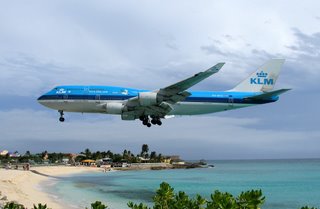
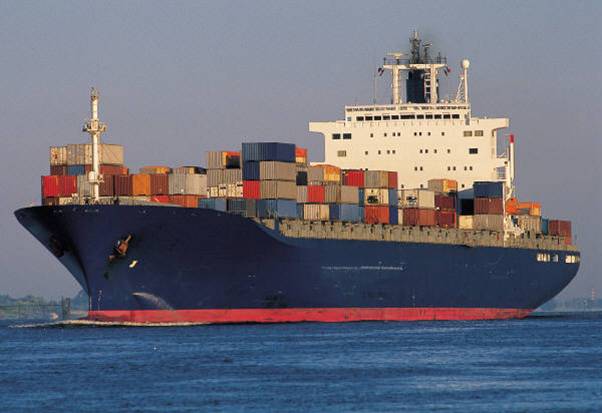
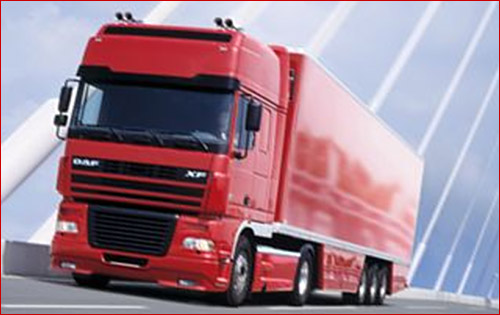
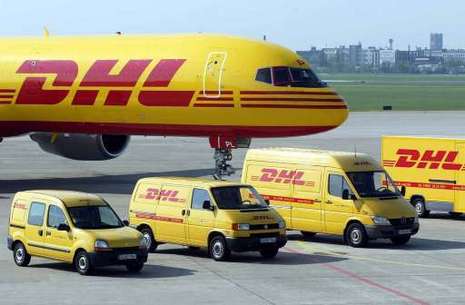
|
|
 |






